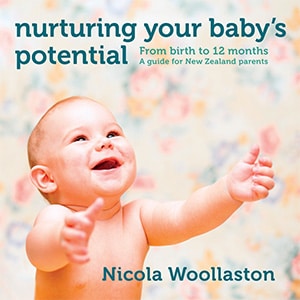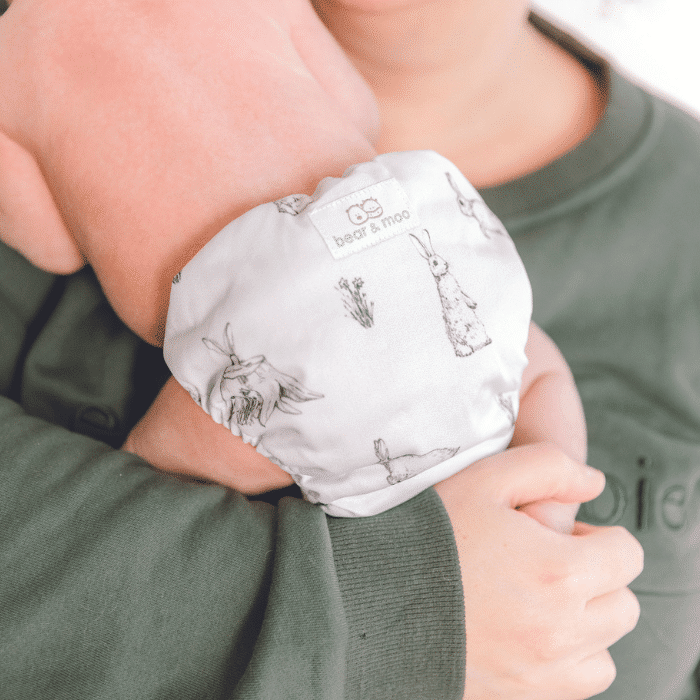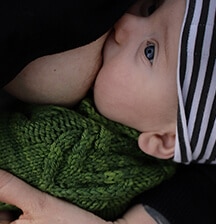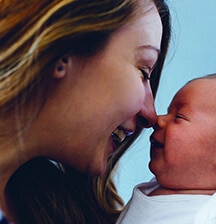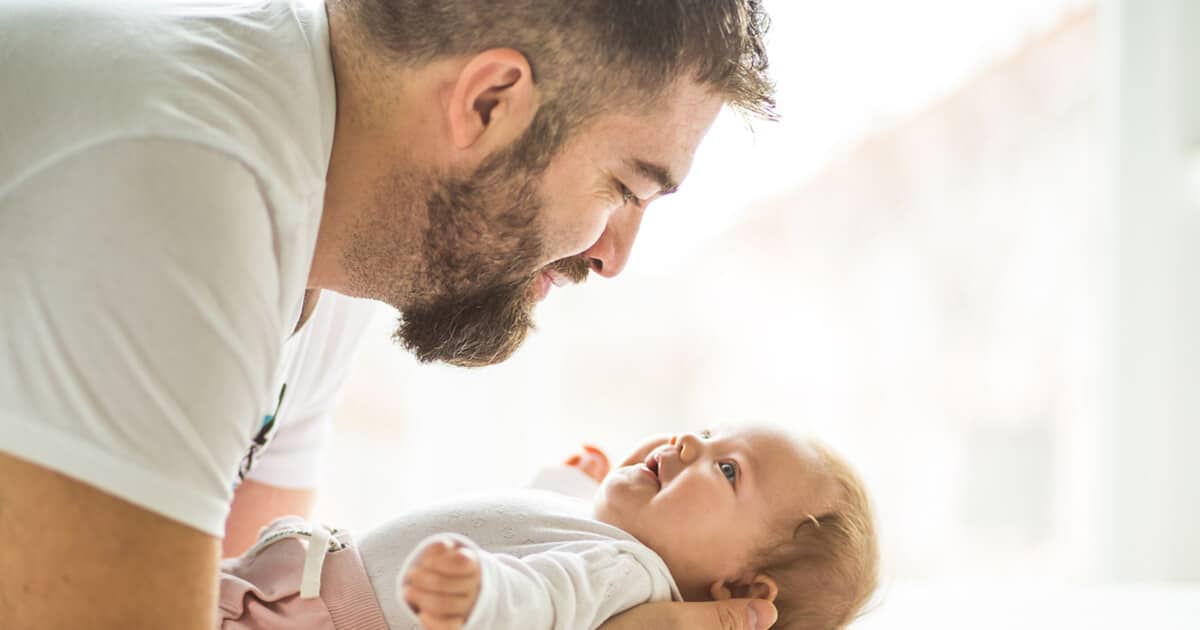
Joint attention is important in terms of communication skills and is a main focus of development for infants between 8 and 12 months of age. Research around infants’ abilities to communicate using non-verbal gestures and gaze has increased over the past 20 years, and it has become evident that difficulty in initiating joint attention is one of the earliest indicators of developmental disorders such as autism and Asperger’s Syndrome.
Joint attention is the acknowledgement of a shared understanding between people, of directing attention or communicating with gazes and gestures, and does not require verbal communication. It is essential for both social and language development. Joint attention is initiated by one individual and responded to by another. This happens unconsciously in our early relationship with our baby as we follow their gaze to try and interpret their needs; they in turn follow our gaze to try and ascertain what it is we are focused on, what we are naming or offering them. Joint attention is a confirmation that we are both attending or paying attention to the same thing.
An everyday interaction illustrates this: A mother and baby are playing. Mum points at a cow, her baby’s gaze follows. Mum says, ‘moo cow moo’, the baby looks to mum, mum smiles and looks back at the cow repeating, ‘The cow says moo’, the baby’s attention shifts back to the cow.
Researchers look at joint attention from both sides, how is it initiated, and how does the intended recipient respond. Before the age of 18 months the ability to respond to joint attention cues from others is directly linked to later language development. We instinctively point to objects to direct our baby’s attention, then we look at him to see if he is looking in the right direction. If he isn’t, we try again, moving the object slightly, telling him what it is called and again checking to see if he is paying attention. We initiate this kind of interaction frequently, but it is also important to slow down and allow him to initiate joint attention. Take a moment to just be with your baby, try to follow his lead and let him direct you – you may find he is becoming increasingly skilled at the subtle art of communication.
Consider this example: A 9-month-old baby sits in his highchair with finger foods while grandpa sits alongside with his morning tea. The baby looks for an extended period of time at a toy on the table, then shifts his gaze to grandpa, he again looks at the toy, extends his hand towards it and then looks back to grandpa, who says, ‘Oh, would you like to play with that?’ He passes the toy to his delighted grandson.
We are aware of marking milestones such as baby’s first word, but you can also celebrate these subtler aspects of communication development.
Extracted with permission from Nurturing Your Baby’s Potential: From Birth to 12 Months – A Guide for New Zealand Parents, by Nicola Woollaston (Potton & Burton $39.99).
